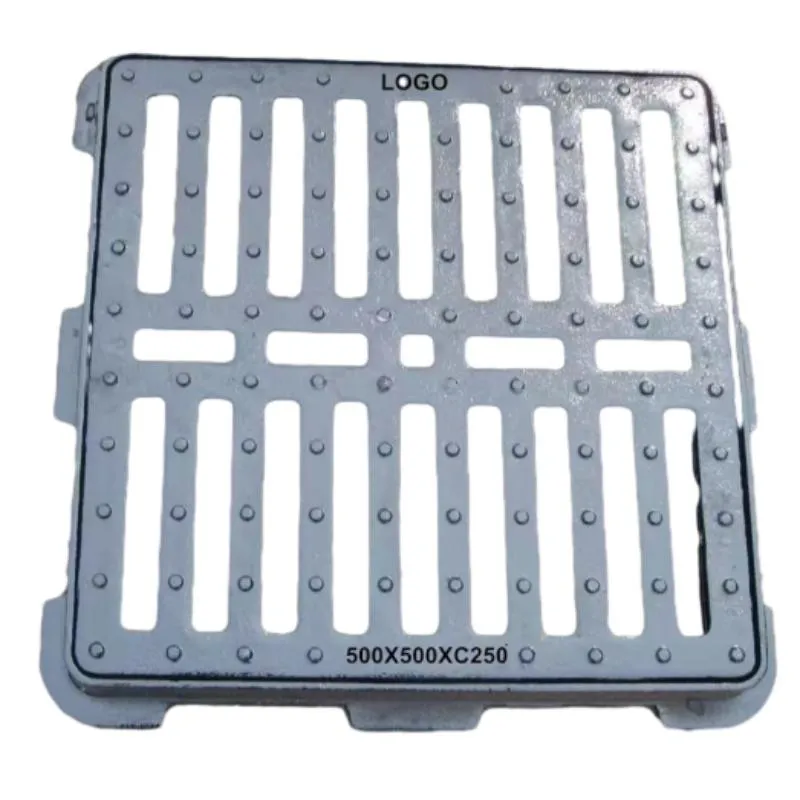Understanding the Function and Applications of Cryogenic Butterfly Valves in Industrial Settings
Understanding Cryogenic Butterfly Valves Key Components and Applications
Cryogenic butterfly valves are crucial components in managing the flow of cryogenic fluids, which are gases and liquids at extremely low temperatures, typically below -150 degrees Celsius. Industries such as liquefied natural gas (LNG), aerospace, and medical applications depend heavily on the efficient operation of these valves to maintain safety and optimize performance.
What is a Cryogenic Butterfly Valve?
A butterfly valve operates by rotating a disc to allow or obstruct the flow of fluid through a pipe. In cryogenic applications, these valves must be specifically engineered to handle the properties of cryogenic fluids. The valve body is typically made from specialized materials that can withstand extreme temperatures, such as stainless steel or exotic alloys, ensuring durability and preventing brittleness at low temperatures.
Key Components of a Cryogenic Butterfly Valve
1. Disc The disc is the core component that controls fluid flow. In cryogenic applications, it is often designed with a low thermal expansion material to minimize the risk of it getting stuck due to temperature changes.
2. Stem The stem connects the disc to the actuator. In cryogenic valves, the stem must not only provide a reliable connection but also withstand significant temperature differentials without deforming.
3. Body The body of the valve is designed to handle high pressures and extreme temperatures. Cryogenic butterfly valves often feature a multi-piece construction to promote ease of maintenance and enable inspections.
4. Sealing Elements Seals are critical in cryogenic applications to prevent leakage. Advanced elastomeric materials are used in these environments to ensure a tight shut-off without compromising the valve’s integrity over time.
5. Actuation Mechanism Cryogenic butterfly valves can be actuator-driven, either manually or automatically. Electric actuators are commonly used due to their precision, which is vital in calculating the exact flow requirements.
cryogenic butterfly valve

Importance of Cryogenic Butterfly Valves
1. Safety The handling of cryogenic fluids poses significant risks, including explosions and environmental hazards. Properly functioning cryogenic valves are essential in ensuring that systems operate safely by preventing leaks and controlling flow.
2. Energy Efficiency These valves are designed to minimize pressure loss, which is vital for maintaining energy efficiency in cryogenic systems. By allowing precise control of fluid dynamics, they help optimize system performance and reduce operational costs.
3. Reliability Due to the extreme conditions in which they operate, cryogenic butterfly valves must be reliably constructed to ensure long service life with minimal maintenance. This is especially important in applications such as aerospace, where system failures can have dire consequences.
Applications of Cryogenic Butterfly Valves
1. Liquefied Natural Gas (LNG) Facilities LNG applications rely on the proper operation of cryogenic butterfly valves in various parts of the process, from storage tanks to vaporization systems. These valves manage the flow effectively, ensuring that LNG remains in a liquid state during transport and storage.
2. Space Exploration In the aerospace industry, cryogenic fluids power rockets, and effective flow control is critical during the launch phase. Cryogenic butterfly valves are instrumental in regulating the propellant supply to the engines, ensuring the vehicle operates safely and efficiently.
3. Medical Applications Cryogenic technology is utilized in medical applications such as cryopreservation and the storage of biological materials. Cryogenic butterfly valves maintain controlled environments for these sensitive processes.
Conclusion
Cryogenic butterfly valves represent a vital technology in multiple high-stakes industries. Their ability to control the flow of extremely low-temperature fluids safely and efficiently cannot be overstated. As industries continue to evolve and embrace new technologies, the importance of these valves in maintaining operational integrity and safety will only grow. Investments in research and development for advanced cryogenic butterfly valve technologies will continue to enhance performance standards and safety protocols, ensuring seamless operations in critical applications.
-
Square Sewer Cover Enhances Urban SafetyNewsAug.01,2025
-
Pipe Fitting Requires Precise AlignmentNewsAug.01,2025
-
Manhole Step Is DurableNewsAug.01,2025
-
Manhole Cover Is Found WorldwideNewsAug.01,2025
-
Hole Cover Frame On RoadsNewsAug.01,2025
-
Gully Grate Improves Road SafetyNewsAug.01,2025
-
Man Hole Cover Round Load CapacityNewsJul.31,2025
